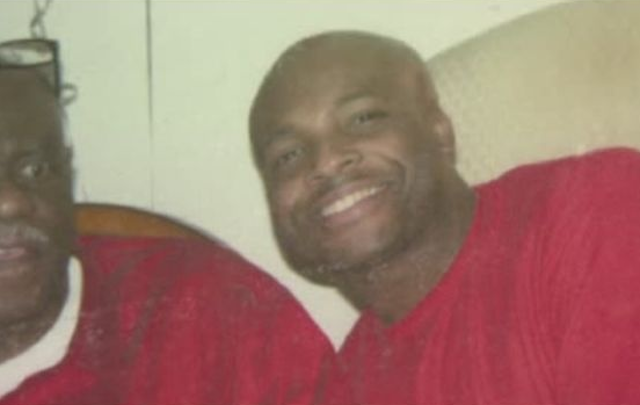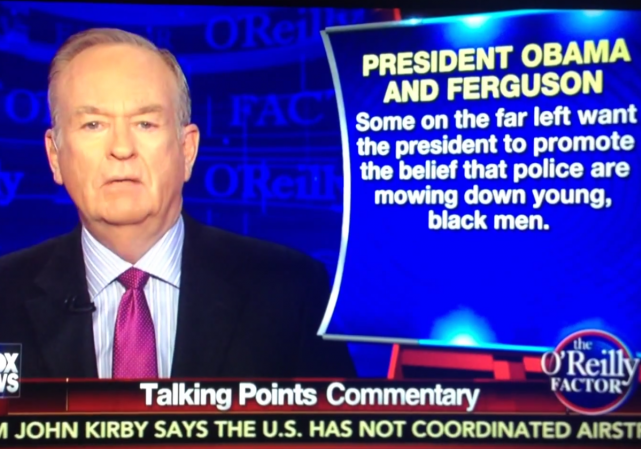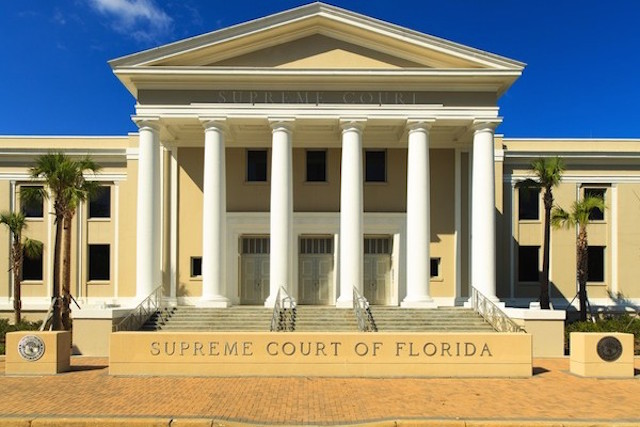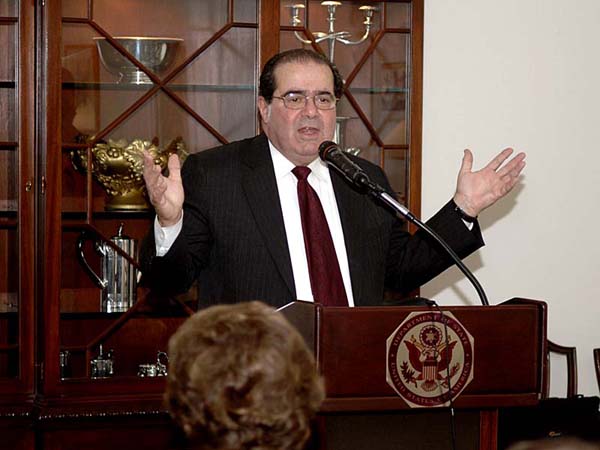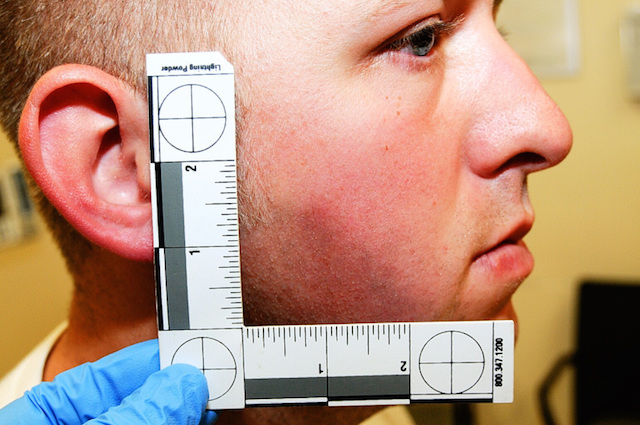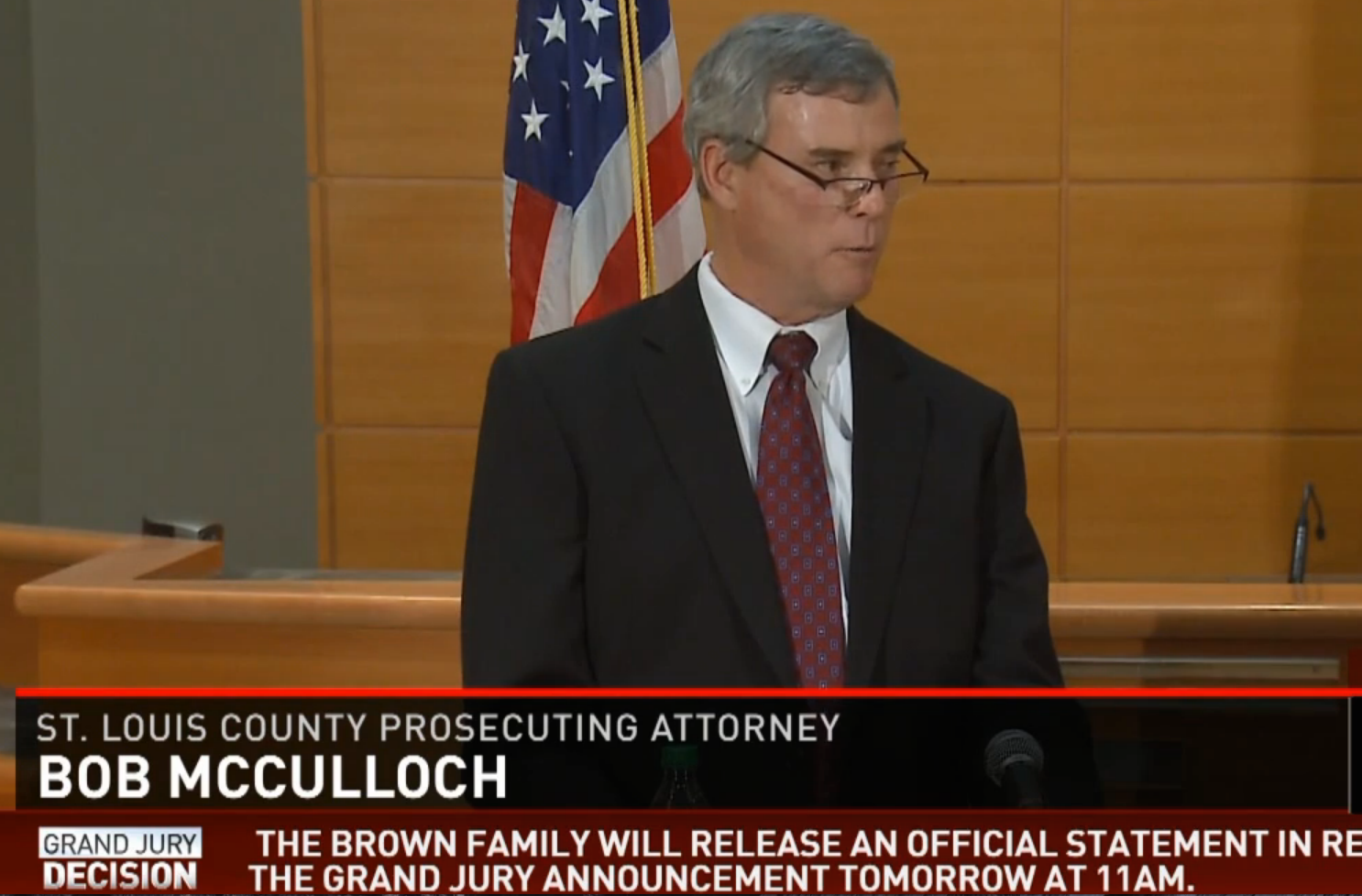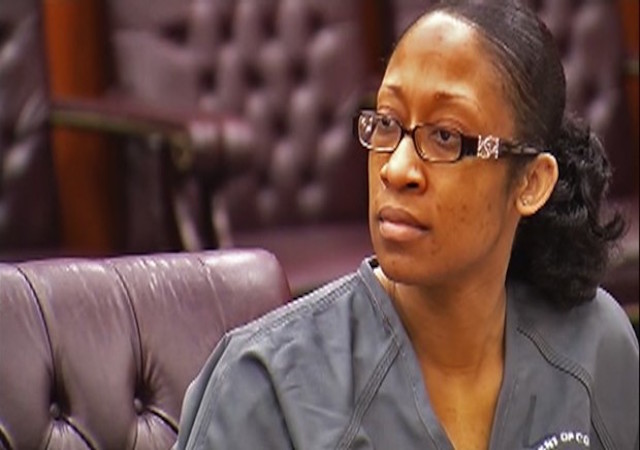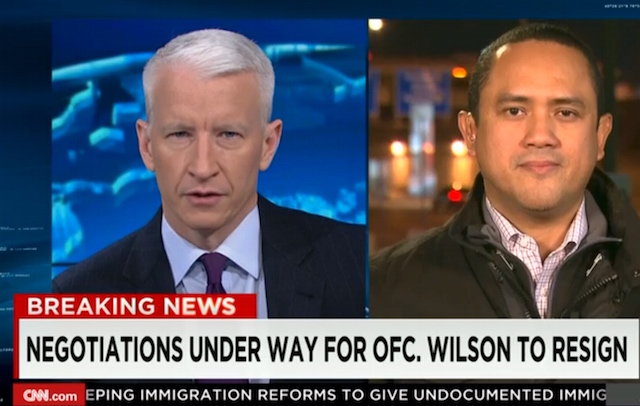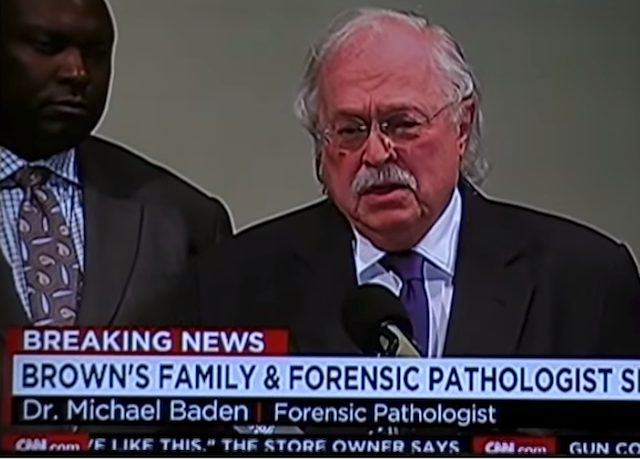Author: Andrew Branca
Andrew Branca
Andrew F. Branca is in his third decade of practicing law in the Commonwealth of Massachusetts. He wrote the first edition of the "Law of Self Defense" in 1997, and is currently in the process of completing the fully revised and updated second edition, which you can preorder now at lawofselfdefense.com. He began his competitive shooting activities as a youth in smallbore rifle, and today is a Life Member of the National Rifle Association (NRA) and a Life Member and Master-class competitor in multiple classifications in the International Defensive Pistol Association (IDPA). Andrew has for many years been an NRA-certified firearms instructor in pistol, rifle, and personal protection, and has previously served as an Adjunct Instructor on the Law of Self Defense at the SigSauer Academy in Epping, NH. He holds or has held concealed carry permits for Massachusetts, Connecticut, Rhode Island, New Hampshire, Maine, Pennsylvania, Florida, Utah, Virginia, and other states.
Trial Underway of Homeowner Accused of “Baiting” Intruder
#Ferguson Contrasts: Reason versus Inanity
We have to be really careful with the cops, man, because if it wasn't for the cops, we'd be living in the wild-wild west in our neighborhoods. I think we can't pick out certain incidents that don't go our way and act like the cops are all bad. I hate when we do that. Think about it, you know how bad some of these neighborhoods would be if it wasn't for the cops?Then was then contrasted with the ramblings of Louis Farrakhan, leader of the National of Islam (2:35):
As long as they kill us and go to Wendy's and have a burger, and go to sleep, they gonna keep killing us. But when we die and they die [applause] they soon we are going to sit at a table, and talk about it. We're tired. We want some of this earth, or we'll tear the God-damned country up.
Florida Sup Ct to Decide Key Self-Defense Immunity Case
(1) A person who uses force as permitted in s. 776.012, s. 776.013, or s. 776.031 is justified in using such force and is immune from criminal prosecution and civil action for the use of such force . . . . As used in this subsection, the term “criminal prosecution” includes arresting, detaining in custody, and charging or prosecuting the defendant.Statutes, of course, merely represent the stated intent of the Legislature, which does not bear the burden of actually applying them. That task falls to the courts. As if often the case, in the instance of §776.032 the Legislature declined (some would say "failed") to specify the precise procedures that were to be applied in determining whether a particular individual qualified for self-defense immunity. This naturally led to months of fun for Florida's trial, appellate, and Supreme Court judges. Among the first issues that had to be settled was simply the standard of evidence to be applied to self-defense immunity, in other words how much evidence in support of self-defense was required before immunity could attach to a defendant.
No, It Was Not “Improper” for #Ferguson Grand Jury to Consider Self-Defense
Justice Antonin Scalia, in the 1992 Supreme Court case of United States v. Williams, explained what the role of a grand jury has been for hundreds of years.It is the grand jury’s function not ‘to enquire … upon what foundation [the charge may be] denied,’ or otherwise to try the suspect’s defenses, but only to examine ‘upon what foundation [the charge] is made’ by the prosecutor. Respublica v. Shaffer, 1 Dall. 236 (O. T. Phila. 1788); see also F. Wharton, Criminal Pleading and Practice § 360, pp. 248-249 (8th ed. 1880). As a consequence, neither in this country nor in England has the suspect under investigation by the grand jury ever been thought to have a right to testify or to have exculpatory evidence presented.
This passage was first highlighted by attorney Ian Samuel, a former clerk to Justice Scalia.
Yet another reason Lawrence O’Donnell is wrong on #Ferguson Grand Jury (@lawrence)
No, Prosecution did not Mislead #Ferguson Grand Jury into Erroneous Decision
#Ferguson Eye Witness Intimidation: Chilling Details
#Ferguson Grand Jury Evidence: Police Officer’s Answers to Juror Questions
#Ferguson Grand Jury evidence: Police Officer’s Account of Shooting
- Innocence: Wilson must not have been the unlawful physical aggressor.
- Imminence: Wilson must have been facing a threat that is either about to occur right now, or is in actual progress.
- Proportionality: To be justified in the use of deadly force in self-defense Wilson must have been facing a threat of death or grave bodily harm.
- Reasonableness: Wilson's perceptions, decisions, and actions must have been those of a reasonable and prudent police officer in the same circumstances, with the same capabilities, possessing the same specialized knowledge, and under the same stresses of an existential fight.
Analysis: #Ferguson Grand Jury: NO Indictment In Michael Brown Shooting
- Wilson being attacked by Brown and his accomplice Dorian Johnson in his patrol vehicle
- a struggle over Wilson's service pistol
- shots fired inside the vehicle (which forensic examination confirmed caused a contact gun shot wound to Brown's right hand)
- the temporary flight of Brown upon those initial gunshots
- the return of the 292 pound Brown re-engage the much smaller officer
- the firing of additional defensive rounds as necessary to halt Brown's violence
- Brown was shot in the back (there are no gun shot wounds to Brown's back, and contrary to bulk of eye witness testimony)
- Brown had his hands raised in surrender (inconsistent with forensics and bulk of eye witness testimony)
- Brown was on his knees when Wilson simply executed him (inconsistent with forensics and bulk of eye witness testimony)
UPDATED: “Warning shot” defendant accepts 3-year plea deal
Only 65 days of jail time to go...
#Ferguson Officer Who Shot Michael Brown Preparing to Resign
Should weather dictate timing of #Ferguson Grand Jury Report release?
We conclude that the likelihood of a riot in a given city increases as the maximum ambient daily temperature in that city increases.They helpfully include a graphical representation of their findings:
#Ferguson Grand Jury Hears from Brown Family Pathologist
Black Committeewoman Targeted by #Ferguson Protestors
"They wanted me to stop talking to the media about them, and it was basically done to try and bully me. But it didn't work."It sure didn't: Asked for comment, Lost Voices leader Melissa McKinnies essentially responded, "It wasn't me."
"A lot of other protestors went around her that was not members of the Lost Voices. Then some of the Lost Voices went, you know, over to speak with her."And I'm stickin' to it:
9th Circuit Denies Intervenor Status on Peruta 2A Case
San Diego County’s “good cause” permitting requirement impermissibly infringes on the Second Amendment right to bear arms in lawful self-defense.(As an aside, I had the opportunity to meet briefly with Mr. Peruta when I spoke at the NRA's 17th Annual Firearms Law Seminar this past April, and found him quite personable.) One potential consequence of this ruling was that the losing parties could request the case to be reheard by the entire 9th Circuit panel, consisting of 11 judges. It was generally believed that the larger panel would be much less amenable to the plaintiff's claims than was the two-judge majority in the underlying Peruta decision. (The 9th Circuit as a whole is widely referred to as "the most liberal circuit in the country.") The San Diego County defendants, however, declined to seek an en banc rehearing of the case. In an effort that can only be described as desperate, the state of California and various gun control organizations (including the moribund Brady Campaign) sought to step into the defendants' shoes by obtaining intervenor status; this would have enabled them to request the en banc hearing not sought by the actual defendants. Yesterday, however, the 9th Circuit crushed these hopes by denying them intervenor status. This decision ends Peruta for purposes of the 9th Circuit, and thus has been perceived by many as being the final decision on the "may issue" matter in the Circuit.
DOJ Flails Again in Efforts to Charge George Zimmerman
Donations tax deductible
to the full extent allowed by law.
CONTRIBUTORS
- William A. Jacobson
Founder
- Kemberlee Kaye
Sr. Contrib Editor
- Mary Chastain
Contrib Editor
- Fuzzy Slippers
Weekend Editor
- Mike LaChance
Higher Ed
- Leslie Eastman
Author
- Vijeta Uniyal
Author
- Stacey Matthews
Author
- Jane Coleman
Author
- James Nault
Author
- Mandy Nagy
Editor Emerita
- Learn more about the Contributors

